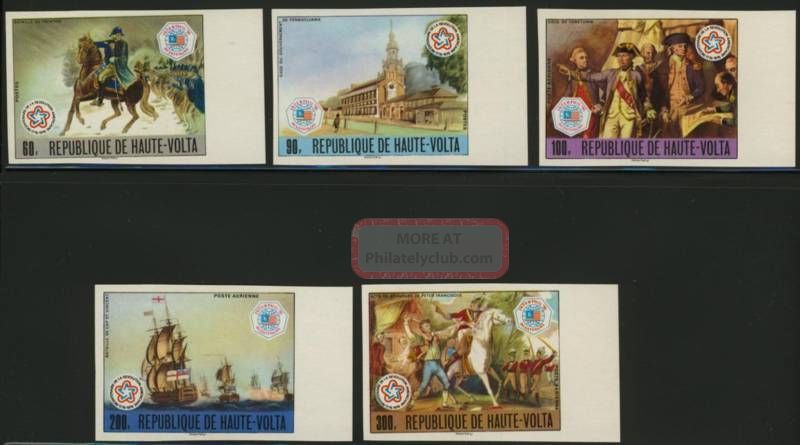

Saye Zerbo overthrew President Lamizana in a bloodless coup. Lamizana's government faced problems with the country's traditionally powerful trade unions, and on 25 November 1980, Col. After conflict over the 1970 constitution, a new constitution was written and approved in 1977, and Lamizana was reelected by open elections in 1978. Lamizana remained in power throughout the 1970s as president of military or mixed civil-military governments. The army remained in power for four years, and on 14 June 1970, the Voltans ratified a new constitution that established a four-year transition period toward complete civilian rule. Sangoulé Lamizana at the head of a government of senior army officers. The military coup deposed Yaméogo, suspended the constitution, dissolved the National Assembly, and placed Lt. The government lasted until 1966 when after much unrest-mass demonstrations and strikes by students, labor unions, and civil servants-the military intervened. Soon after coming to power, Yaméogo banned all political parties other than the UDV. The 1960 constitution provided for election by universal suffrage of a president and a national assembly for five-year terms. The first president, Maurice Yaméogo, was the leader of the Voltaic Democratic Union (UDV).
#Upper volta colonial history full#
On 5 August 1960, it attained full independence from France.

The river's three tributaries are called the Black Volta, White Volta and Red Volta, and the colors of the national flag corresponded to these parts of the river system.īefore attaining autonomy it had been French Upper Volta and part of the French Union. The name Upper Volta indicated that the country is situated on the upper reaches of the Volta River. The Republic of Upper Volta (French: République de Haute-Volta) was established on 11 December 1958, as a self-governing colony within the French Community. Full independence from France was received in 1960. Upper Volta became an autonomous republic in the French community on 11 December 1958. This act was followed by reorganization measures approved by the French parliament early in 1957 to ensure a large degree of self-government for individual territories. A revision in the organization of French Overseas Territories began with the passage of the Basic Law (Loi Cadre) of 23 July 1956. On 11 December 1958, it achieved self-government and became the Republic of Upper Volta and a member of the Franco-African Community. On 4 September 1947, the colony was revived as a part of the French Union, with its previous boundaries. The decision to split the colony was reversed during the intense anti-colonial agitation that followed the end of World War II. The colony was later dismantled on 5 September 1932, being split up between the Côte d'Ivoire, French Sudan and Niger. To bolster its administration, the colonial government separated the present territory of The Republic of Upper Volta from Upper Senegal and Niger. This move was a result of French fears of the recurrence of armed uprising along with economic considerations. The colony had its capital in Bamako.įrench Upper Volta was established on 1 March 1919. In 1904, the largely pacified territories of the Volta basin were integrated into the Upper Senegal and Niger colony of French West Africa as part of the reorganization of the French West African colonial empire. On the French side, a war of conquest against local communities and political powers continued for about five years. The French and British convention of 14 June 1898 ended the scramble between the two colonial powers and drew the borders between the countries' colonies.


 0 kommentar(er)
0 kommentar(er)
